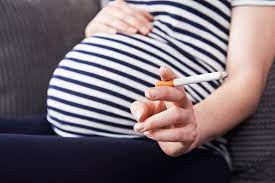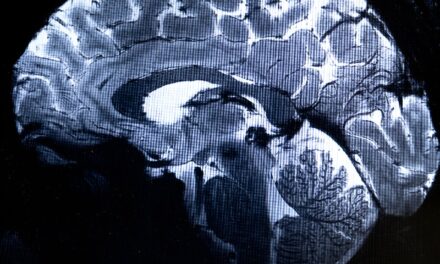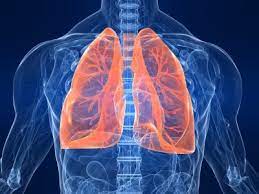Houston, TX – Scientists at Rice University, in collaboration with researchers from Baylor College of Medicine (BCM), have introduced a groundbreaking method for detecting dangerous chemicals from tobacco smoke in human placenta samples. This innovative approach, combining advanced imaging and artificial intelligence (AI), enables rapid and precise identification of toxic compounds that may negatively impact fetal and maternal health.
The research team employed light-based imaging techniques coupled with machine learning (ML) algorithms to analyze placental tissue for polycyclic aromatic hydrocarbons (PAHs) and their derivatives (PACs). These toxic compounds are formed through incomplete combustion of organic materials, including tobacco. Exposure to these substances during pregnancy has been linked to serious health risks such as preterm birth, low birth weight, and developmental complications.
Dr. Oara Neumann, a research scientist at Rice University and first author of the study published in Proceedings of the National Academy of Sciences, emphasized the significance of their findings. “Our work addresses a critical challenge in maternal and fetal health by improving our ability to detect harmful compounds like PAHs and PACs in placenta samples,” she stated.
The newly developed method successfully differentiated placental samples from smokers and non-smokers, confirming that PAHs and PACs were present only in the samples from individuals who had smoked during pregnancy. This advancement provides a valuable tool for environmental and health monitoring, aiding in the identification of harmful toxins not only from tobacco but also from pollution sources like wildfires and industrial sites.
Dr. Melissa Suter, an assistant professor of obstetrics and gynecology at BCM, highlighted the broader implications of the research. “Measuring levels of environmental chemicals in the placenta offers insight into the exposures that both mother and baby experience during pregnancy. This knowledge can help scientists and healthcare providers better understand the impact of these chemicals on pregnancy and fetal development,” she explained.
The research utilized surface-enhanced spectroscopy, a cutting-edge technique that employs specialized nanomaterials to amplify the interaction of specific light wavelengths with targeted compounds. The optical properties of gold nanoshells, engineered by the Nanoengineered Photonics and Plasmonics research group at Rice University, played a pivotal role in achieving highly detailed vibrational signatures of the molecules present in the placental samples.
Professor Naomi Halas, the study’s corresponding author, explained, “We combined two complementary techniques—surface-enhanced Raman spectroscopy and surface-enhanced infrared absorption—to generate a detailed molecular fingerprint of the placental tissue.”
Machine learning algorithms, specifically characteristic peak extraction (CaPE) and characteristic peak similarity (CaPSim), further enhanced the analysis by identifying key chemical signatures and matching them to known PAH profiles. Dr. Ankit Patel, an assistant professor at Rice and BCM, likened the process to the “cocktail-party effect,” where AI filters out extraneous data to isolate meaningful patterns, allowing for more efficient and accurate chemical detection.
The validation of this method in subsequent experiments confirmed its effectiveness as an alternative to traditional, more time-consuming techniques. Beyond its applications in detecting smoking-related toxins, this technology has the potential to be used in environmental monitoring following natural disasters or industrial accidents, offering a faster and more reliable means of assessing health risks.
Dr. Bhagavatula Moorthy, the Kurt Randerath MD Endowed Chair and Professor of Pediatrics and Neonatology at BCM, emphasized the research’s long-term potential. “This study lays the groundwork for expanding ultrasensitive PAH- and PAC-detection technology beyond placenta samples to biological fluids such as blood and urine, as well as environmental assessments of air, water, and soil,” he said.
The study’s co-authors include Yilong Ju, a Rice University computer science doctoral alum who developed the ML algorithms, and Andres Sanchez-Alvarado, an electrical and computer engineering Ph.D. student in the Halas research group who contributed to the experiments.
Disclaimer:
This article is based on a study published in the Proceedings of the National Academy of Sciences and is intended for informational purposes only. The findings should not be interpreted as medical advice or a substitute for professional healthcare consultation. Readers concerned about environmental toxin exposure during pregnancy should seek guidance from medical professionals.












